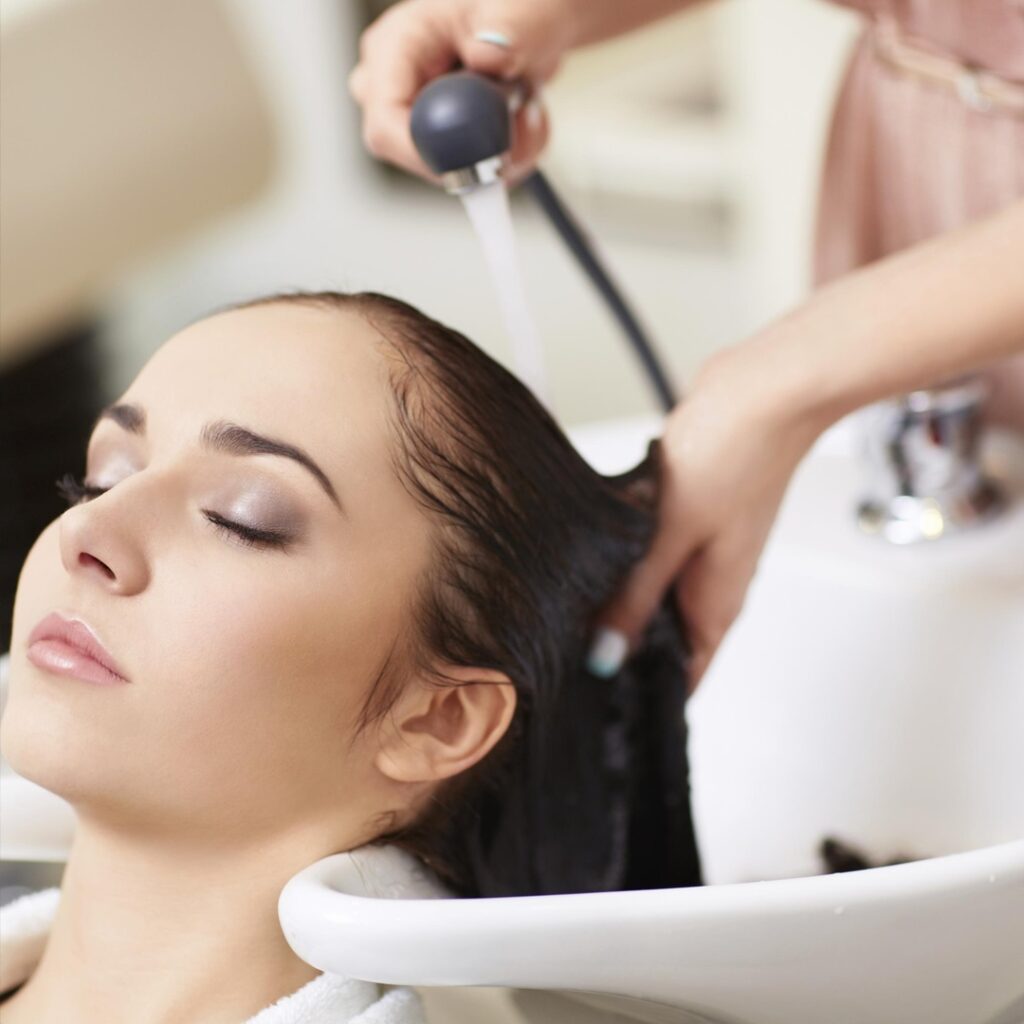When it comes to addressing hair issues, individuals have a variety of options available to them. Two popular approaches are natural remedies and clinical treatments. Both methods have their own advantages and drawbacks, making it essential to understand the differences between them before making a decision.

Natural Remedies
Natural remedies for hair issues involve using ingredients that are commonly found in nature to promote hair growth, combat hair loss, or address specific hair problems. These remedies are often considered safe and free from potentially harmful chemicals. Here are a few natural remedies commonly used for hair issues:
- Coconut oil: Known for its moisturizing properties, coconut oil helps nourish the hair and scalp, promoting healthy hair growth and reducing breakage.
- Aloe vera: Aloe vera gel can be applied to the scalp to soothe irritation and inflammation, which can contribute to hair loss. It is also believed to promote hair growth.
- Onion juice: Rich in sulfur, onion juice is thought to stimulate hair follicles, thereby encouraging hair growth and preventing hair loss.
- Green tea: Green tea is packed with antioxidants that can help reduce hair loss and promote hair growth when applied topically or consumed orally.
While natural remedies are generally considered safe, their effectiveness can vary from person to person. Results may take longer to achieve compared to clinical treatments, and they may not be as potent in addressing severe hair issues.
Clinical Treatments
Clinical treatments for hair issues involve seeking professional help from dermatologists or trichologists who specialize in hair and scalp health. These treatments are typically more targeted and potent, offering quicker and more noticeable results. Here are a few common clinical treatments for hair issues:
- Medications: Prescription medications such as minoxidil and finasteride can be used to stimulate hair growth, prevent hair loss, or address specific conditions like pattern baldness.
- Hair transplants: This surgical procedure involves removing hair follicles from one part of the body and transplanting them into areas experiencing hair loss. It is often used to address significant hair loss or baldness.
- Laser therapy: Low-level laser therapy (LLLT) uses red light to stimulate hair growth by increasing blood flow to the hair follicles.
- Scalp micropigmentation: This cosmetic procedure involves tattooing tiny dots on the scalp to create the appearance of a fuller head of hair.
Clinical treatments offer fast and significant improvements in hair appearance and growth. However, they can be costly and may carry certain risks or side effects, depending on the specific treatment.
Choosing the Right Approach
Deciding between natural remedies and clinical treatments for hair issues depends on various factors, including the severity of the problem, personal preferences, and budgetary constraints. For individuals with mild hair issues or those looking for a more holistic approach, natural remedies can be a good starting point. However, if the hair problem is more severe or if immediate results are desired, consulting a professional for clinical treatments may be the best option.
It is important to note that not all hair issues can be resolved with natural remedies alone, and sometimes a combination of natural and clinical approaches may be necessary for the best results. Consulting with a healthcare professional or a hair specialist can help determine the most suitable course of action based on individual needs and circumstances.
Ultimately, the decision to choose natural remedies or clinical treatments for hair issues should be made after careful consideration and consultation with experts. With the right approach, it is possible to address hair problems and achieve healthier, more vibrant hair.

